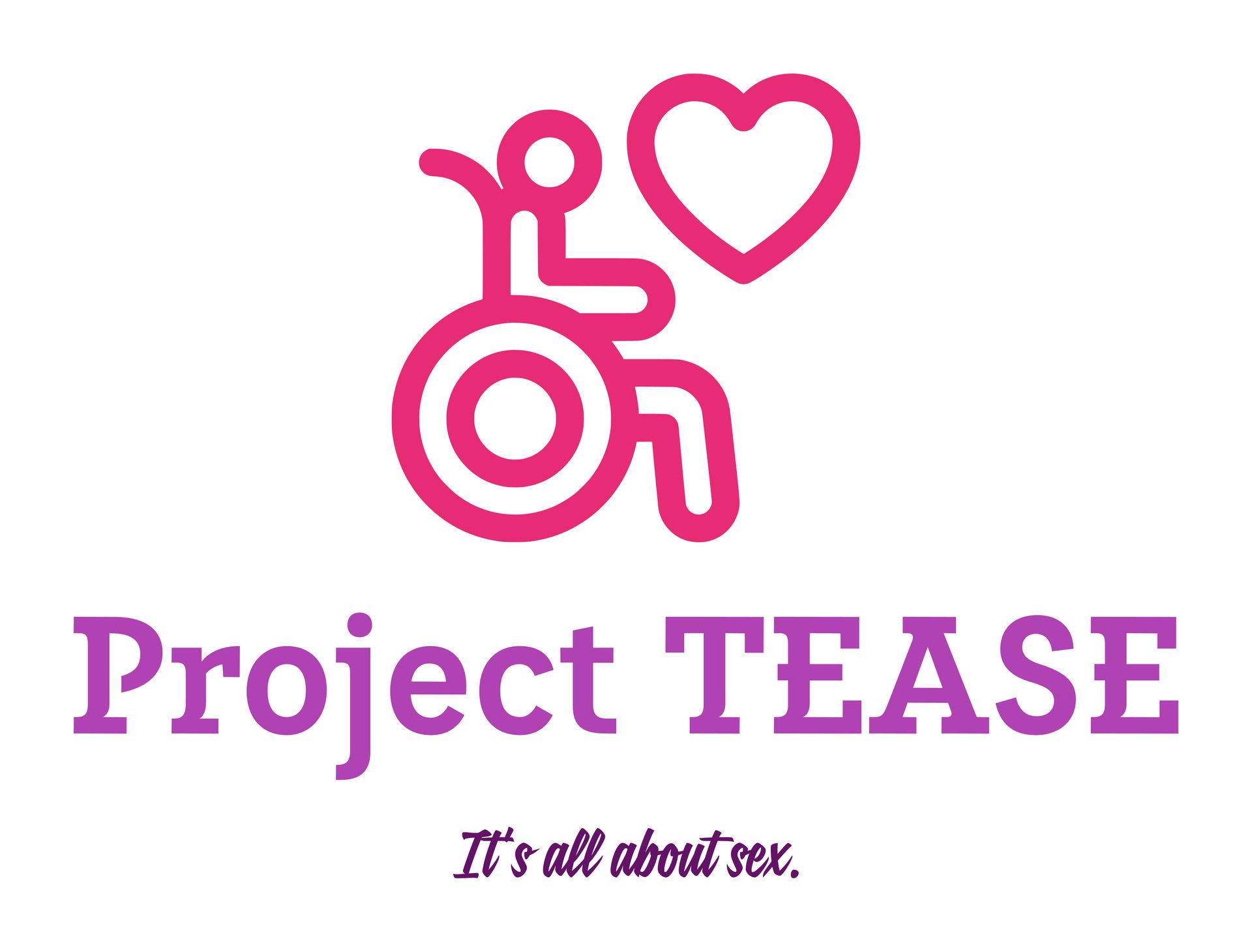Quill & Chill
N is for Negotiation

Setting the Stage for Safe and Fulfilling Play
Hi there, curious kinksters! If you're diving into the world of BDSM (Bondage, Discipline, Dominance, Submission, Sadism, and Masochism), you've probably heard about the crucial role of negotiation. It's not just a formality—it's the foundation of safe, consensual, and enjoyable experiences between partners. Let's unpack what negotiation entails and how you can navigate it like a pro.
What is Negotiation in BDSM?
Negotiation is the process of openly discussing boundaries, interests, and consent before engaging in any BDSM activities. It's like drawing up a roadmap for your kinky adventures—a roadmap that ensures everyone involved knows where they're going and feels comfortable every step of the way.
Setting Limits and Boundaries
Before you even think about whipping out the handcuffs or breaking out the floggers, it's crucial to understand your own limits and boundaries. These are the lines you don't want crossed—whether physical, emotional, or psychological. Take some time to reflect on what you're comfortable with and what you definitely don't want to explore. Remember, your boundaries are valid and deserve respect.
Tips to Discover Your Limits Individually:
- Self-reflection: Spend some time thinking about past experiences, fantasies, and what makes you feel safe and happy.
- Research: Read up on different BDSM activities and pay attention to your gut reactions—what excites you, and what makes you uneasy?
- Communication: Talk to trusted friends or partners about your interests and concerns. Sometimes, talking it out can clarify things you didn't even realize were important to you.
Negotiation Techniques: Dominant and Submissive Dynamics
Negotiating can look a bit different depending on whether you're taking on the role of Dominant (Dom) or submissive (sub). Here are a few pointers tailored to each role:
For Dominants:
- Listen attentively: Understand your submissive's limits and desires. Your job is to lead responsibly, not bulldoze over boundaries.
- Be clear: Communicate your own limits and preferences openly. Negotiation is a two-way street.
For submissives:
- Speak up: Your Dom can't read your mind. Be honest about what you're comfortable with and what you're not.
- Ask questions: Don't be afraid to seek clarity on any aspect of the scene. Understanding expectations reduces anxiety and fosters trust.
Examples of Activities and Boundaries to Negotiate
Here are some common BDSM activities and boundaries you might negotiate:
- Bondage: Discuss types of restraints, duration, and safe words.
- Impact Play: Agree on intensity, areas of the body, and aftercare needs.
- Role-Playing: Outline roles, scenarios, and any sensitive triggers.
- Limits: This can include physical limits (e.g., no marks) or emotional limits (e.g., avoiding certain topics).
Tools for Negotiation
In the realm of BDSM, negotiation tools can vary widely depending on individual preferences and dynamics. Here are some commonly used tools and resources for negotiating BDSM scenes and dynamics:
- Negotiation Checklists: These are comprehensive lists of activities, limits, preferences, and health information that individuals or couples can fill out together. They help ensure that all aspects of a scene or relationship are discussed thoroughly. Examples of negotiation checklists can be found online through BDSM community websites, forums, or educational resources. (Go here to find negotiation checklists!)
- BDSM Contracts: While not legally binding in a court of law, BDSM contracts serve as written agreements between partners outlining their negotiated terms, limits, expectations, and responsibilities. They can be as detailed or as simple as desired, depending on the complexity of the relationship. Templates for BDSM contracts can often be found in BDSM books, websites, or forums. It's important to note that the value of a BDSM contract lies in the clarity and mutual understanding it promotes rather than its legal enforceability. (Go here to find contract templates!)
- Educational Videos and Workshops: Many BDSM educators and experienced practitioners offer online workshops or videos focused on negotiation skills, consent practices, and safe BDSM play. These resources can provide practical demonstrations, scenarios, and discussions on negotiating scenes, roles, and boundaries. Websites like Kink Academy, BDSM Learning Center, or FetLife may have such resources available.
- Online Forums and Discussion Groups: Platforms like FetLife and r/bdsm offer discussion forums and groups where individuals can ask questions, share experiences, and seek advice on negotiating BDSM dynamics. These forums often include tips, personal stories, and downloadable resources that can aid in negotiation processes.
- Books and Guides: There are numerous books and guides dedicated to BDSM negotiation, consent, and communication. Examples include "The New Topping Book" and "The New Bottoming Book" by Dossie Easton and Janet W. Hardy, which offer practical advice on negotiation techniques and maintaining healthy BDSM relationships.
- Personalized Spreadsheets or Documents: Some individuals create personalized spreadsheets or documents to track negotiated terms, preferences, and agreements over time. These can include sections for safe words, aftercare needs, trigger warnings, and any evolving boundaries.(Find some here!)
- Community Workshops and Events: Attending BDSM community workshops or events can provide valuable opportunities to learn negotiation techniques firsthand from experienced practitioners. These events often include demonstrations, role-playing exercises, and Q&A sessions focused on negotiation skills.
Sources for Further Exploration
Want to dive deeper into negotiation and BDSM dynamics? Check out these trusted sources:
- The New Topping Book by Dossie Easton and Janet W. Hardy
- The New Bottoming Book by Dossie Easton and Janet W. Hardy
- BDSM 101 by Jay Wiseman
When using any negotiation tool or resource in BDSM, it's essential to tailor it to fit your specific needs and dynamics. Communication, mutual respect, and ongoing consent are foundational principles in negotiating BDSM activities and relationships. Always prioritize safety, emotional well-being, and the informed consent of all parties involved.
Remember, negotiation isn't just a one-time chat—it's an ongoing conversation that evolves as you and your partner(s) explore and grow together. So, communicate, respect boundaries, and above all, enjoy the journey safely and responsibly.
Ready to negotiate like a pro? Go forth and explore your kinky side—just remember to keep it safe, sane, and consensual!
Happy negotiating!











